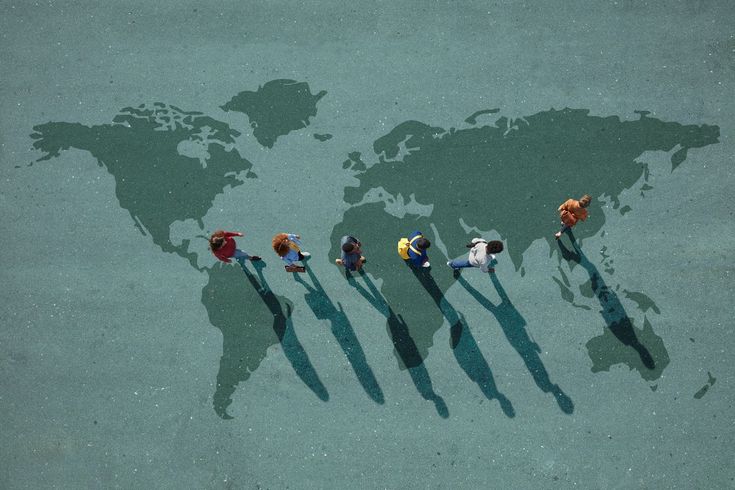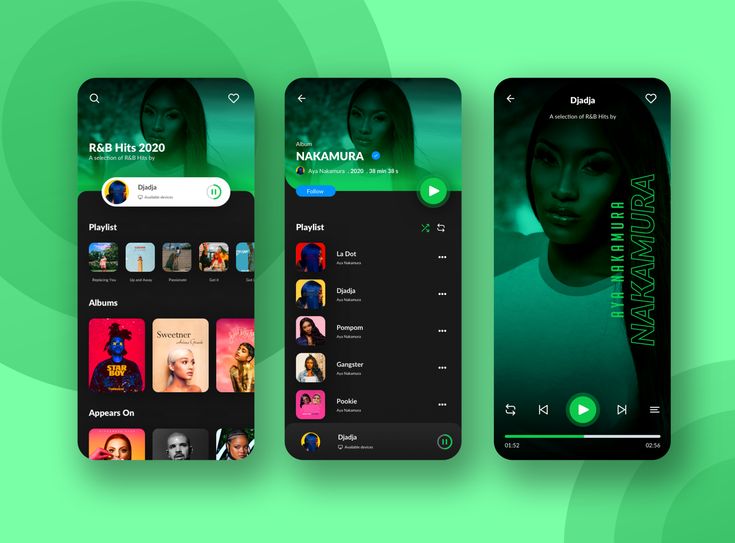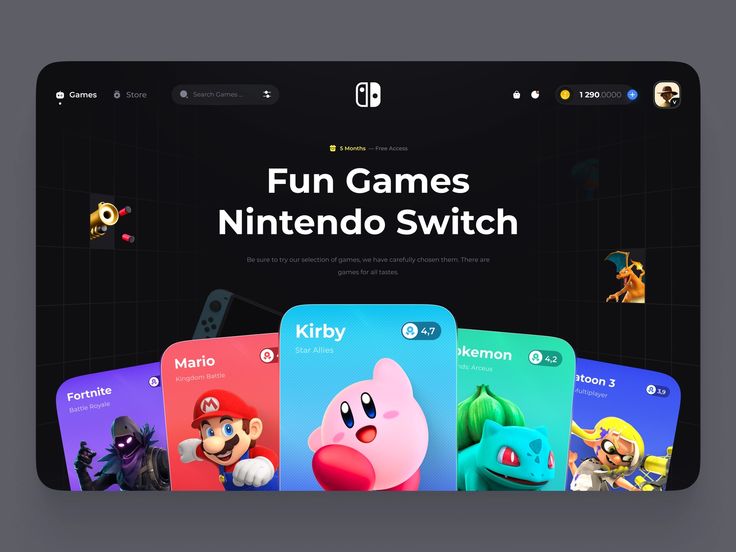April 15, 2024
Brands Moving to Localization: Embracing Global Markets Through Personalization

In an increasingly globalized world, customers demand personalized experiences that resonate with their cultural and linguistic preferences. To meet this challenge and unlock new growth opportunities, leading brands are investing in robust localization strategies. Below are examples of how some global giants have harnessed localization to enhance customer engagement and expand their reach:
1. Airbnb: Authentic Localized Experiences in 26+ Languages
Airbnb bridges travelers and hosts by offering localized services in over 26 languages. By tailoring listings, payment methods, and reviews to the preferences of specific regions, the platform ensures guests enjoy a seamless and culturally relevant experience. Collaborating with local photographers and creators, Airbnb also crafts marketing campaigns that resonate authentically with its diverse global audience.

2. Netflix: Content Tailored for Every Market
Netflix's global dominance is fueled by its ability to adapt content to regional tastes. The platform customizes recommendations and creates original content based on local preferences and cultural nuances. This level of localization not only enriches the viewing experience but also fosters a deep connection with audiences in over 190 countries.

3. Coca-Cola: Hyperlocalized Branding in 200+ Countries
Coca-Cola's localization strategy extends beyond language adaptation. By hosting country-specific websites and aligning visuals with cultural themes—such as fireworks in Japan or pizza in Italy—Coca-Cola strengthens its global brand identity while respecting regional uniqueness.

4. KFC: Serving Flavors Tailored to Local Tastes
KFC adapts its menu to regional preferences, with offerings like spicy Sichuan chicken in China or festive holiday buckets in the US. By combining localized flavors with culturally relevant marketing, KFC has achieved global success while maintaining a strong connection with local communities.

5. Spotify: Music That Matches Regional Preferences
Spotify’s localization efforts include curating playlists and adapting visuals for different markets. From its "Songs to Sing in a Car" playlist to its geo-specific recommendations, Spotify ensures users feel personally connected to their listening experience.

6. Nintendo: Creating Universal Yet Localized Gaming Experiences
Nintendo revolutionized game localization by synchronizing its development process across regions. This approach preserves the original gaming experience while aligning with local cultural sensitivities, ensuring players worldwide enjoy a consistent and authentic experience.

7. Asos: Adapting Retail for International Growth
Asos leverages localization to cater to its international customers, offering websites in seven languages and supporting 19 currencies. By customizing promotions and using region-specific carriers, the brand has effectively increased its global footprint, with 60% of sales coming from international markets.

8. Revolut: Building Trust with Multilingual Services
In the competitive fintech space, Revolut’s localization strategy includes offering services in 30 languages, fostering trust among non-English-speaking users. This clarity and accessibility enable Revolut to connect with a broader audience, boosting its adoption across regions.

9. H&M: Data-Driven Localization
H&M uses customer insights from loyalty cards to tailor inventory and marketing strategies to local trends. This approach ensures that individual store locations reflect the preferences of their immediate customer base, optimizing supply and demand management globally.

10. Tinder: Breaking Language Barriers in Online Dating
Tinder’s integration of machine translation (MT) allows users from different linguistic backgrounds to communicate seamlessly, fostering connections worldwide. This feature exemplifies how technology and localization can create meaningful experiences for a global audience.

Conclusion
Localization is no longer a strategy reserved for large enterprises; it’s a necessity for any brand aspiring to thrive in the global marketplace. Companies like Airbnb, Netflix, and KFC demonstrate how tailoring services and products to local needs can drive engagement, build loyalty, and unlock new revenue streams.
For businesses ready to take their first step toward localization, tools like LETS make it easier than ever to create SEO-optimized, multilingual websites that resonate with international audiences. Embrace localization and watch your brand flourish in the global arena!

